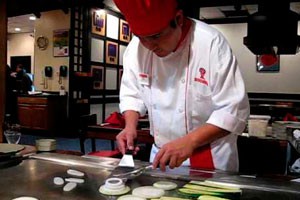 When the first Benihana opened in 1964, Japanese cuisine was unknown to the United States and the idea of having a chef prepare a meal at your table was completely unheard of. Blending exotic Japanese dishes with a dazzling chef performance may have been a radical idea, but it was the recipe for success at Benihana. More than 100,000,000 meals have been served since 1964.
When the first Benihana opened in 1964, Japanese cuisine was unknown to the United States and the idea of having a chef prepare a meal at your table was completely unheard of. Blending exotic Japanese dishes with a dazzling chef performance may have been a radical idea, but it was the recipe for success at Benihana. More than 100,000,000 meals have been served since 1964.
By bringing Japanese food into the mainstream and pioneering its "entertainment" style of presentation, Benihana has also paved the way in America for the popularity of other Japanese cooking styles and food products. This incredible American success story really had its roots in Japan right after the war. At that time, Yunosuke Aoki, a samurai descendant and a popular Japanese entertainer together with his wife Katsu, opened a small coffee shop in Tokyo.
A red flower, found in the neighbourhood streets gave the Aoki's the inspiration for the restaurant's name - Benihana - which in Japanese means "red flower." From his show business background, Yunosuke was well aware of the publics' attraction to something "different." This little Benihana coffeehouse soon became known for serving and using real sugar. Yunosuke would have to pedal his bicycle more than 20 miles to purchase the sugar.
The family's four sons grew up with the coffee shop, which later became a full service restaurant. Each of them understood the restaurant business from the ground up - the importance of absolute cleanliness in the kitchen, using the freshest ingredients and the very best cooking tools money could buy. The eldest son, Hiroaki also grasped the important lesson of offering guests something out of the ordinary and he could not help but inherit his father's appreciation for the "theatrical". There was something magical about this combination and the thought stayed with him as he completed college in Japan. Meanwhile, Hiroaki's athletic ability had not been overlooked. His facility for wrestling earned him a spot on the Japanese Olympic wrestling team. This team membership would offersually bring him to America.
By the time Hiroaki arrived on U.S. soil in 1960, he had already begun to form the idea that this country might be ready for a marriage of a different kind of food - presented with an entertaining flair.
Adopting a name, which would be easier for Americans to pronounce, Rocky Aoki set off to have his dream become reality. He worked seven days a week selling icecream in New York City and studied restaurant management at night. Through saving and borrowing, Rocky scraped together enough money to finance his first four-table restaurant on New York's W. 56th St.
As they worked within the authentic Japanese farmhouse interior, the Benihana dining concept gradually came into focus. Food would be prepared right at the table "teppan-yaki" style (Teppan meaning "steel grill" and yaki meaning "broiled") with dazzling effects by highly trained chefs. Rocky also believed that because the restaurant was near Broadway, the showmanship of the chefs was extremely important. Beef, chicken and shrimp would be the stars of the menu, all prepared "hibachi-style" (an American-style term for "teppan-yaki" cooking). Guests at the communal tables would place their orders with the chef and watch in amazement as these items were sliced and diced, and flipped into the air. The timing in cooking was critical. These different ingredients had to be ready to serve onto the guests' plates simultaneously.
In 1964, after all the preparation and planning, Benihana of Tokyo was only serving one or two customers a day. Aoki family members moonlighted at other restaurants just to pay the bills. But, six months after the restaurant opened, an enthusiastic review by Clementine Paddleford, legendary restaurant critic of the New York Herald-Tribune reversed the trend for good. New Yorkers flocked to the four-table Benihana and Rocky Aoki suddenly found himself in the position of having to turn dining guests away.

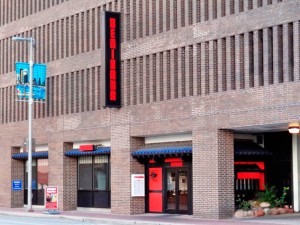

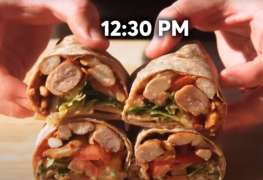
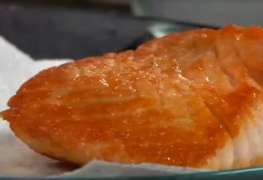
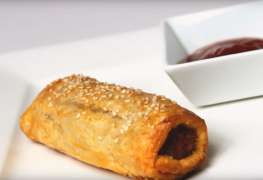
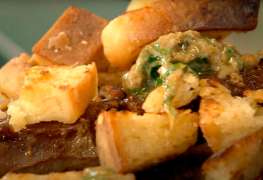
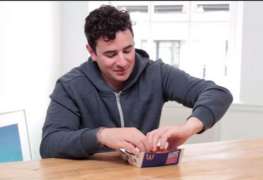
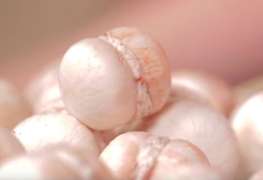
Leave a comment